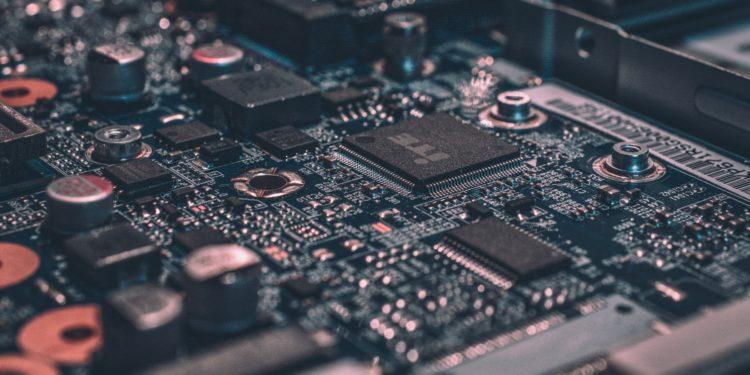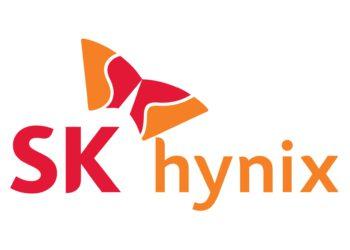South Korea plans to build the world’s largest semiconductor cluster within the next 20 years with Samsung Electronics’ assistance. The mega cluster is perceived to alleviate high-tech semiconductor technology. By 2042, the facility will be operational in Gyeonggi Province, near the capital city of Seoul.
According to the Ministry of Trade, Industry and Energy, this Gyeonggi cluster will attract more than 150 companies dealing in delivering raw materials, and components as well as designing high-tech semiconductors. South Korea aspires to be a global semiconductor powerhouse in the next few decades.
For the South Korean government, the Gyeonggi cluster is one part of their main plan which calls for an extra lookout and advancements in 6 defined sectors. These sectors consist of semiconductors, robotics, electric vehicles, batteries, biotechnology and lastly display. Each sector would be receiving funds or investment in coming years via government and even private tech partners.
The South Korean state realizes the technology industries are the future. Technological developments are going to be the key element in economic as well as social growth. So, supporting industries involved in the technical sphere is a satisfactory step.
The South Korean government has been endorsing investments from private companies that could rouse the existing semiconductor market which had experienced shock waves from a globally spread out slowdown. Subsequently, Samsung Electronics, one of the biggest tech-based corporations in South Korea has come forward.
Samsung Electronics has taken the commitment to build the mega semiconductor cluster of Gyeonggi. The company will be spending about $230 billion in the next couple of decades for accomplishing the giant project. There are a bunch of ingredients needed to be integrated with chip making, so to settle everything in one place, Gyeonggi has been thought to be anchored with five semiconductor plants Samsung.
Samsung is a company with a sound background in manufacturing a range of devices and gadgets. It’s putting work to keep up with the soaring demand for advanced semiconductors and related technologies such as AI. The new semiconductor plant has been marked around the already functioning Samsung factories. Memory-based semiconductors and login semiconductors would be the target production of the upcoming plant.
It’s foreseen that establishment of the Gyeonggi cluster will facilitate South Korea’s semiconductor industry in competing against its Taiwanese counterpart. Taiwan Semiconductor Manufacturing Company Limited (TSMC), one of the major contributors in global semiconductors, holds a huge share of dominance along with Samsung. TSMC recorded a market share of 58% in the global semiconductor market.
On the other hand, Samsung held up to 15% shares around the globe. The new mega cluster will give Samsung a chance to step up its game, carry out constant technological developments and get a better grip on the global semiconductor market.
In the South Korean economy, the semiconductor or chip industry has made a significant amount of contribution. With the building of mega clusters, this industry can double its output and also develop its indigenous research and development centre like Berlin-based Interuniversity Microelectronics Centre (IMEC) that studies smart energy and cost-effective ways to utilize smart energies on a larger level.
The upcoming mega cluster will not only have a positive influence on the semiconductor industry but also on other interconnected high-tech industries such as ICT, defense, next-generation mobility and energy. Thus, the government will be focusing on building cluster infrastructure as quickly as possible.
AI technology is going to be on the priority table for the next 10 years or so. The Korean government also plans to support 10 fabless companies that could generate annual sales crossing 1 trillion won. South Korea will try to secure higher ranks in the worldwide semiconductor market through joint technology and research in collaboration with private partners.


